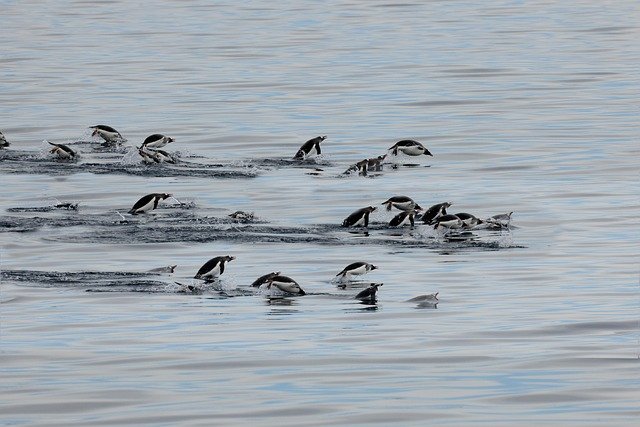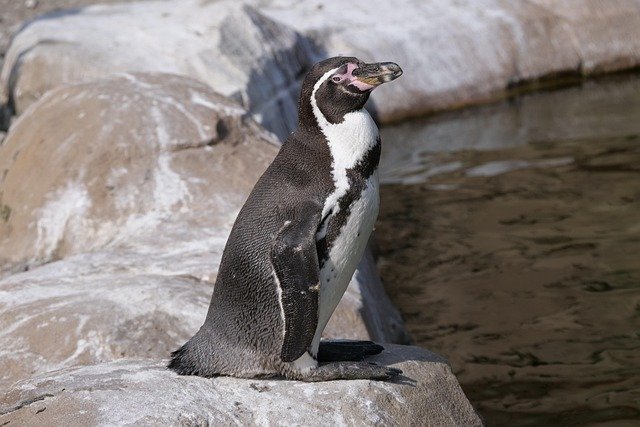**Title: "The Secret Lives of Penguins: Social Structures and Survival Strategies"** **Overview:**

The Secret Lives of Penguins: Social Structures and Survival Strategies
Penguins are often seen as charming, comical creatures waddling across icy landscapes, but there is so much more to their lives than meets the eye. In this post, we will explore the intricate social structures of penguin colonies and the survival strategies they employ to thrive in some of the harshest environments on Earth.
Social Structures
Colony Dynamics
Penguins are highly social animals, often forming large colonies that can number in the thousands. These colonies provide several advantages, including protection from predators and the benefits of cooperative breeding. Within these groups, penguins develop complex social hierarchies and relationships, which can influence their breeding success and overall survival.
Communication
Communication plays a crucial role in the social interactions of penguins. They use a variety of vocalizations, body language, and visual displays to convey messages. For instance, during mating season, male penguins perform elaborate courtship rituals to attract females, showcasing their strength and vitality.
Parental Roles
In many penguin species, both parents share the responsibility of raising their young. After laying eggs, they take turns incubating them, ensuring that they remain warm and protected. This cooperative parenting not only increases the survival rate of chicks but also strengthens the bond between partners.
Survival Strategies
Adaptations to Harsh Environments
Penguins have evolved remarkable adaptations to survive in extreme conditions. Their thick layer of blubber and dense feathers provide insulation against frigid temperatures, while their streamlined bodies make them exceptional swimmers, allowing them to hunt for food in the ocean.
Foraging Techniques
Penguins employ various foraging strategies to secure their meals. Some species dive deep into the ocean to catch fish, squid, and krill, while others may hunt in groups, using coordinated efforts to herd prey. Their ability to adapt their foraging techniques based on food availability is vital for their survival.
Predator Avoidance
In the wild, penguins face threats from various predators, including seals, sea lions, and birds of prey. To mitigate these risks, they often nest in large colonies, providing safety in numbers. Additionally, penguins are known to exhibit vigilant behavior, with some individuals acting as lookouts while others forage or tend to their young.
Conclusion
The social structures and survival strategies of penguins are a testament to their resilience and adaptability. By understanding their secret lives, we gain insight into the complexities of their behavior and the challenges they face in an ever-changing environment. As climate change continues to impact their habitats, it is crucial that we protect these incredible birds and the ecosystems they inhabit.
Feel free to share your thoughts on penguins or any experiences you’ve had observing these fascinating creatures! 🐧

Upvoted! Thank you for supporting witness @jswit.